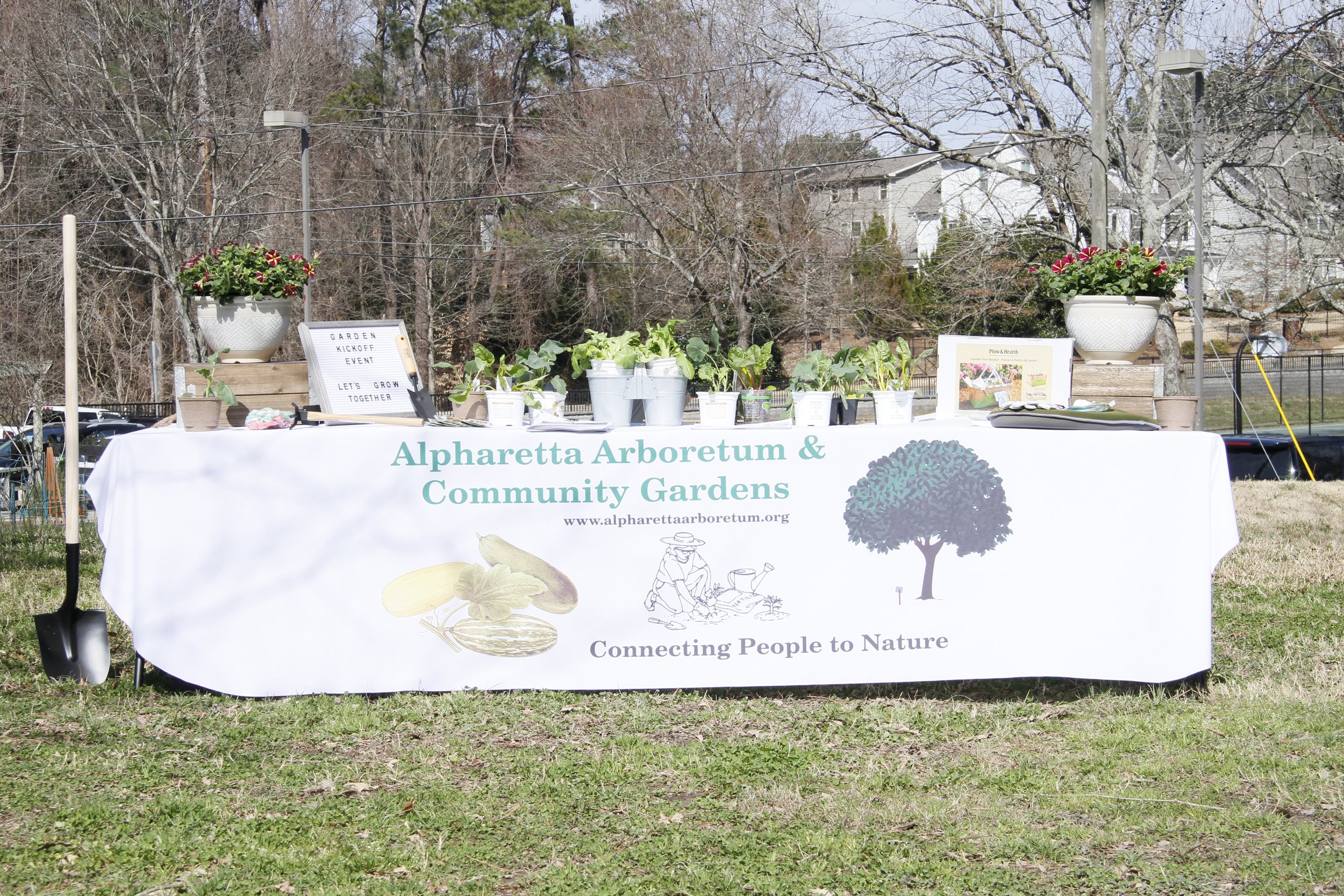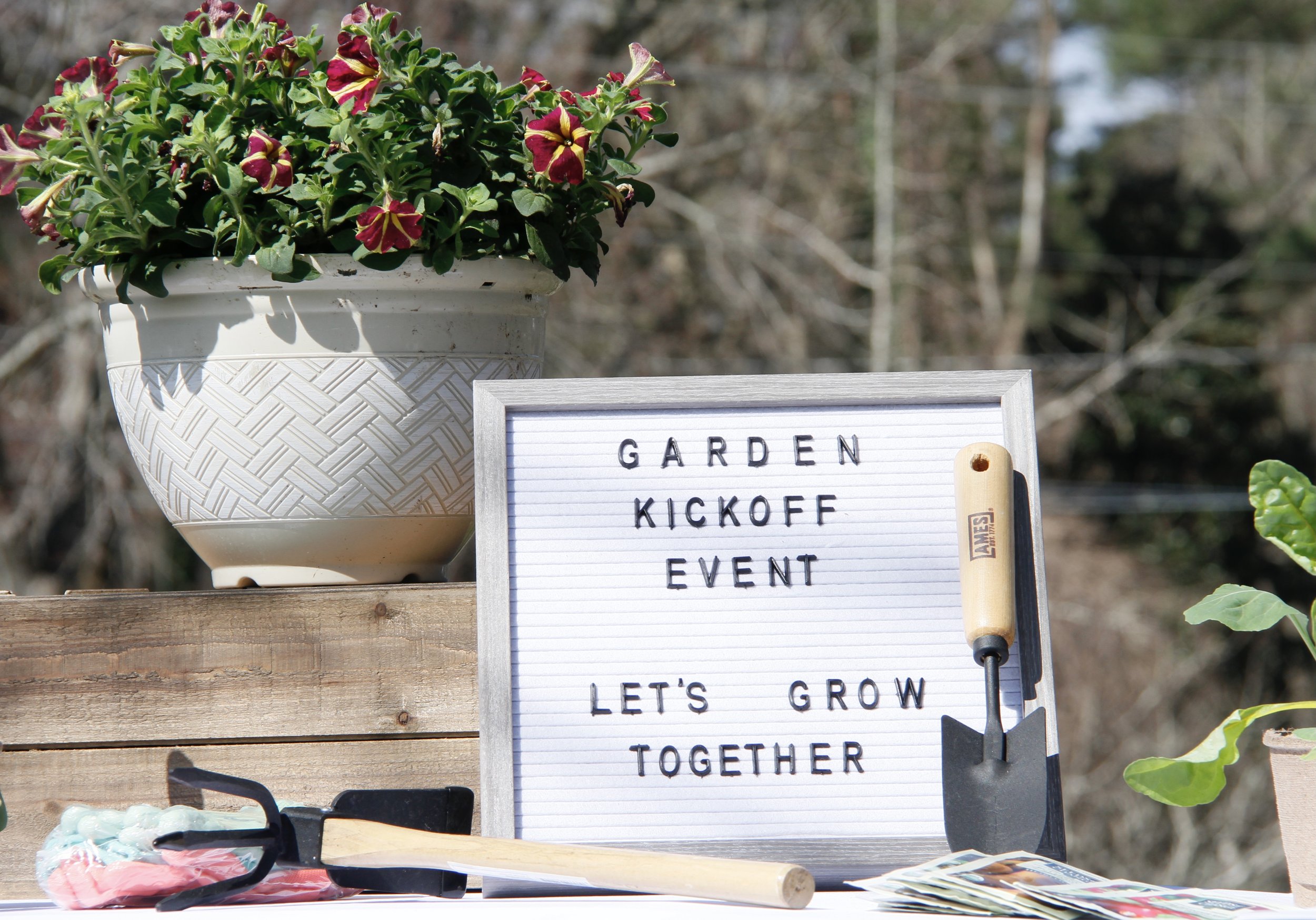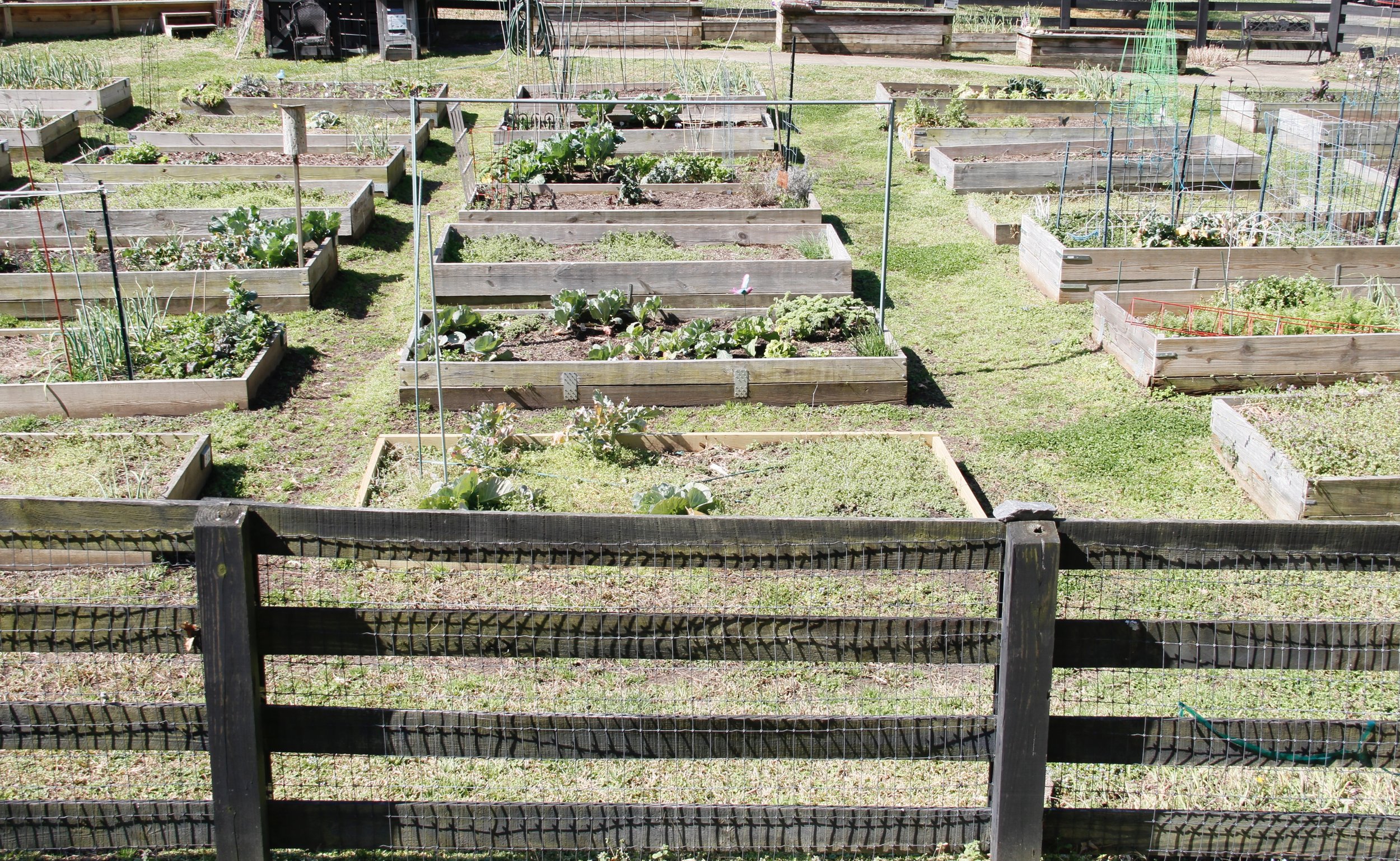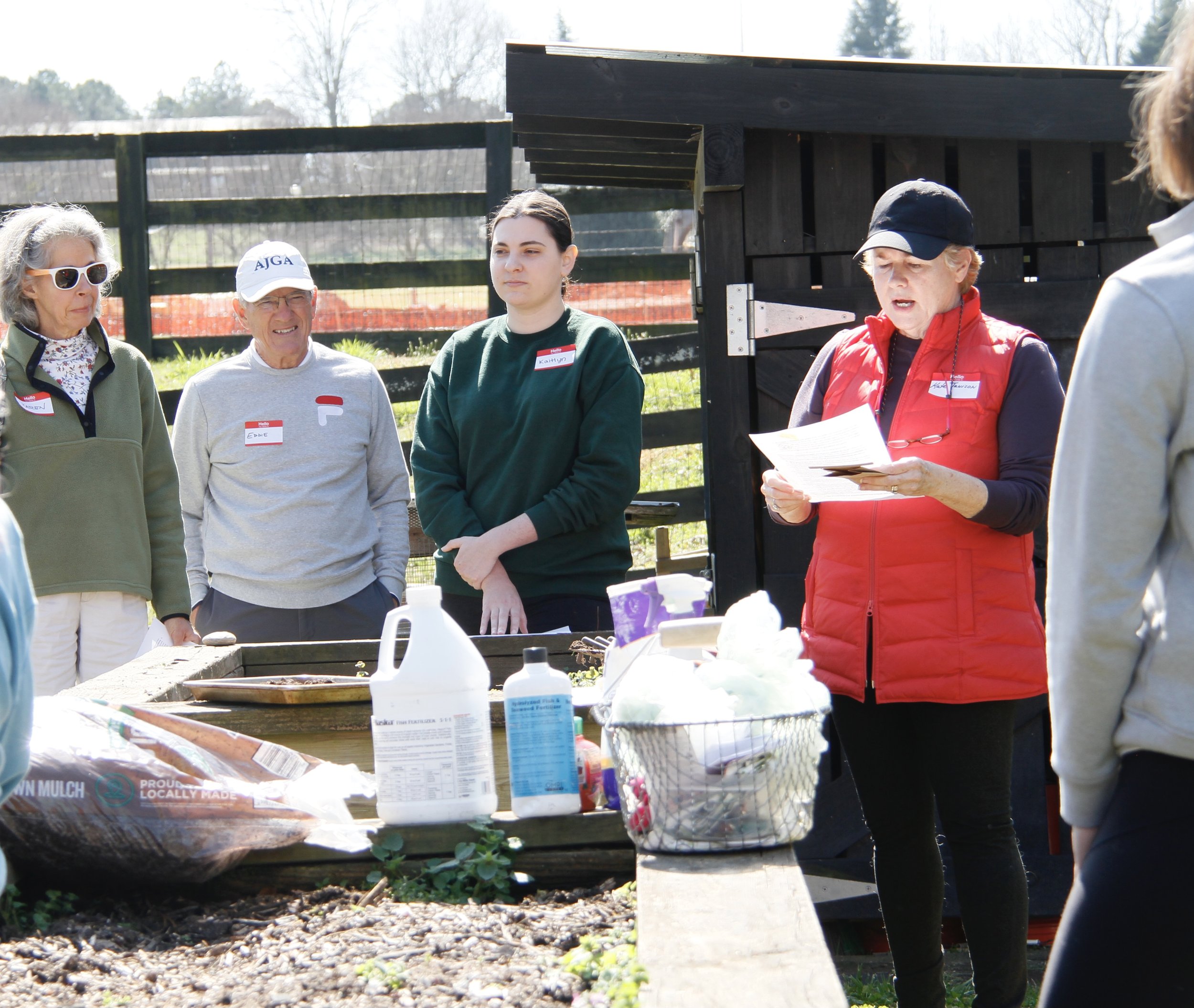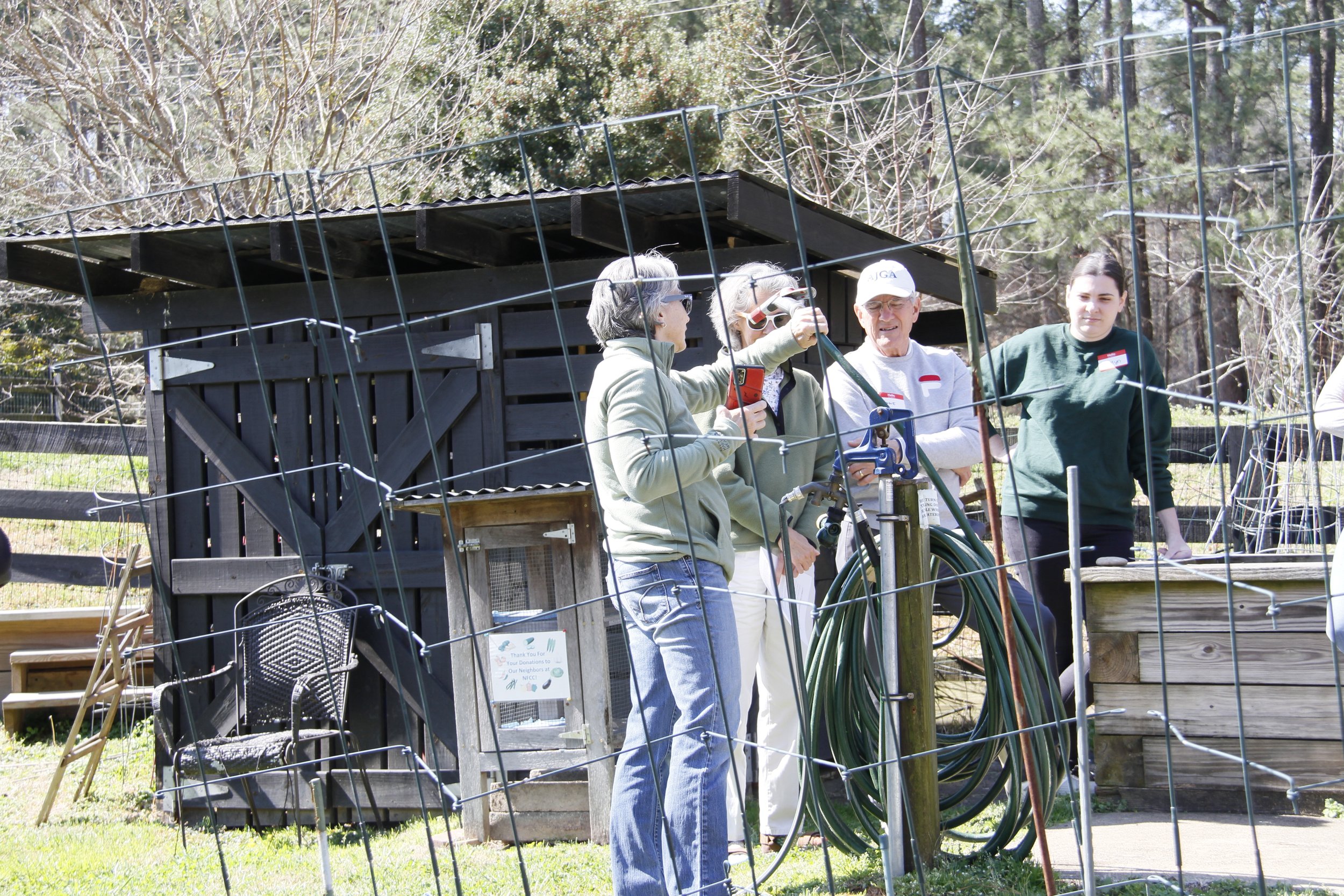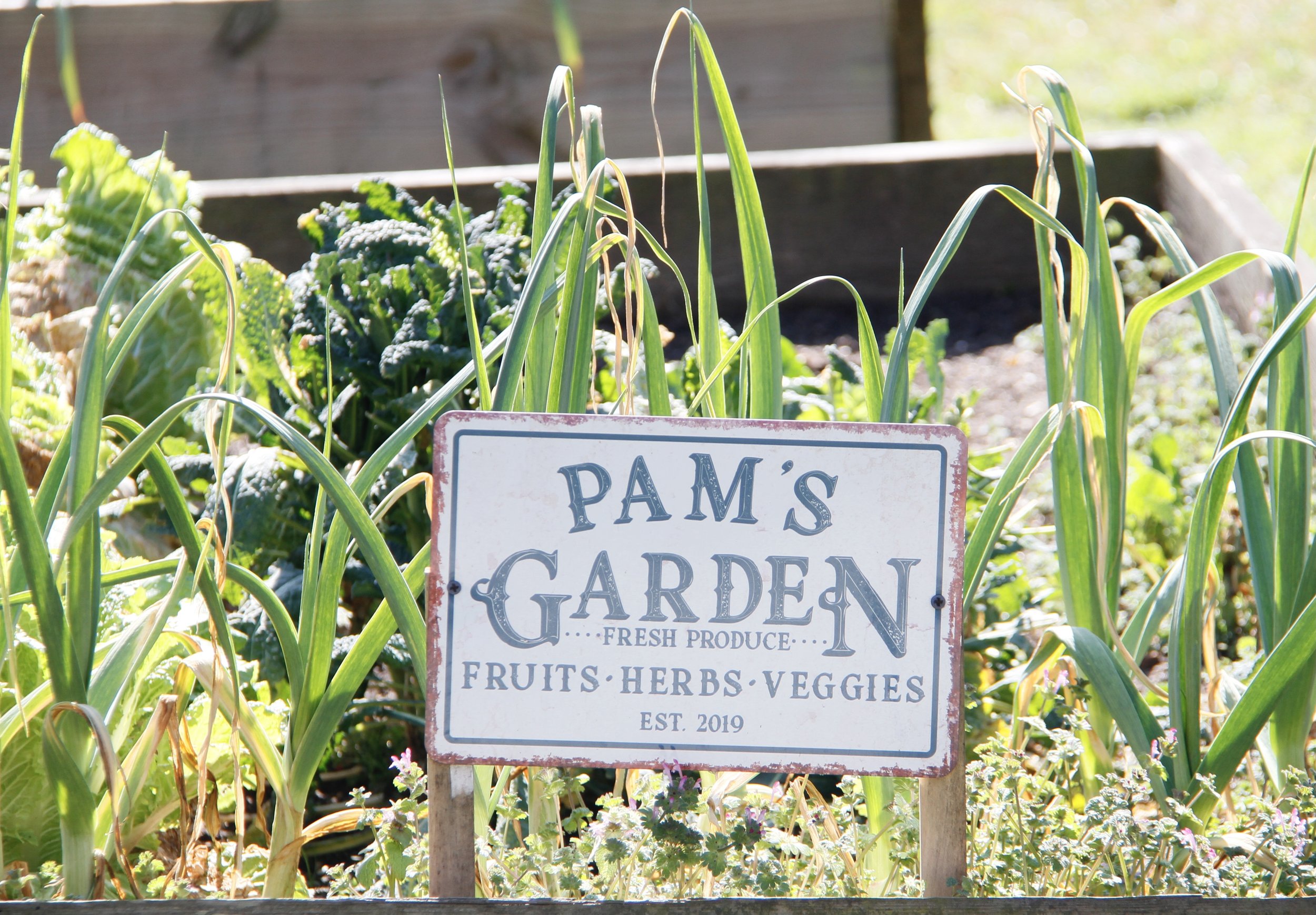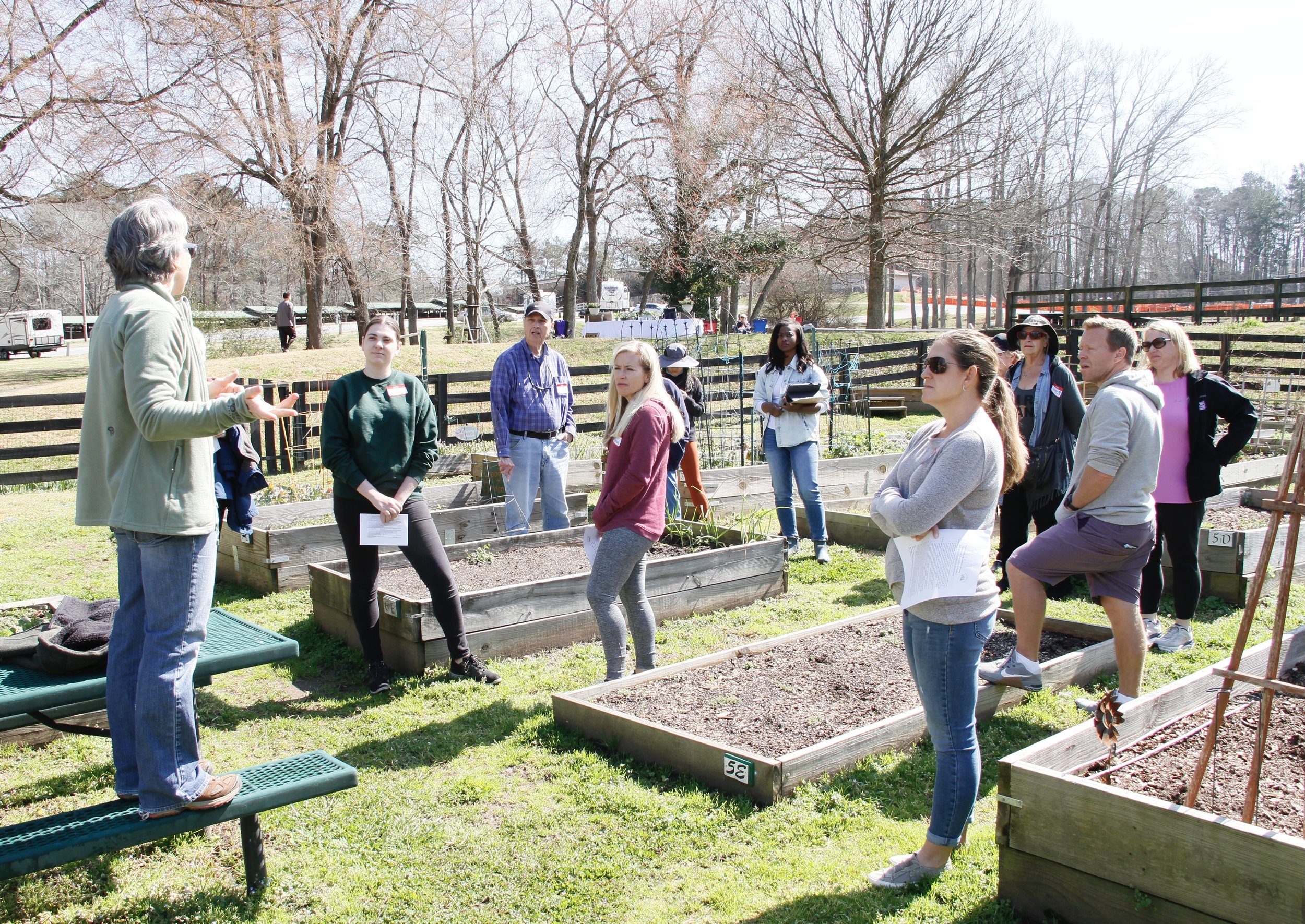Attention home gardeners -- it's not too early to start your control program for tomato early blight. This fungus disease is generally one of the most severe tomato problems faced by home gardeners each season.
For top yields of high quality fruit, early blight control is essential. Since early blight-resistant tomato varieties aren't available, gardeners have to use a combination of practices to keep this disease in check.
Early blight shows up as a leaf blight on the lower part of plants. The disease moves upward, and by early to mid-summer, early blight has caused a "firing-up" of foliage over most of the tomato plants in the garden.
As the disease progresses, leaves turn yellow, wither, and drop from plants. Tomato plant severely infected by early blight produce low yields of undersized fruit. Generally, fruit are also show signs of sun-scald since leaves aren't present to protect fruit from direct sunlight.
Early blight tends to get off to an early start in the spring when wet weather is experienced soon after transplants are set. These type conditions are ideal for infection of young tomato plants by the early blight fungus. But probably the most important reason this disease is so common has to do with the tremendous popularity of tomatoes in Southern gardens.
What does popularity of the crop have to do with early blight? It's just difficult for most home gardeners to find a spot where tomatoes haven't been grown for awhile. As experienced gardeners know, growing a crop in the same area for several years often leads to increased disease problems.
Early blight control is based on crop rotation, removal and destruction of crop debris from previous crops, staking, mulching, and timely application of fungicides.
Staking and mulching are important in an early blight control program, since staking keeps foliage and fruit from contacting the soil surface, and mulching cuts down on "soil splash" onto lower parts of the plant. Since soil particles often contain the early blight fungus, this is a good way of keeping the fungus from invading plants. Plastic, or organic mulches (pine straw or even newspapers) are equally effective.
Application of fungicides is also generally needed for early blight control. Field tests have shown that chlorothalonil, maneb, and mancozeb fungicides --- all available at gardening supply stores under a variety of trade names --- provide effective early blight control when used according to label directions and applications are started early in the season.
As an added plus, any of these fungicides may be "tank mixed" with an insecticide such as malathion or sevin, thus allowing a single application for control of disease and insects.
Begin fungicide applications as soon as possible after transplants are set out and continue at 7 to 10-day intervals throughout the season. Also, applications should be made after a rain. Other leaf diseases such as leaf mold, gray leaf spot, and Septoria leaf spot are controlled by these fungicides.
Make sure to read and follow label directions concerning rates, application intervals, and the number of days required from the last application until fruit can be harvested.
For additional information on early blight and other disease problems, check with your county Extension office.
